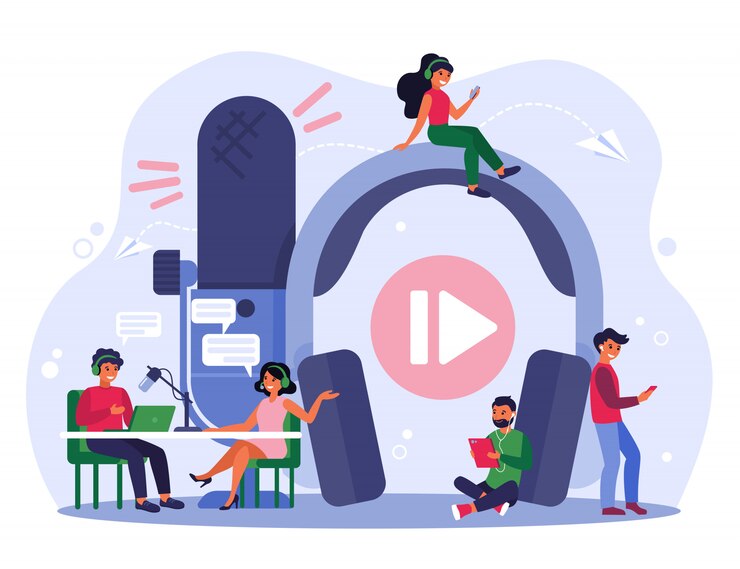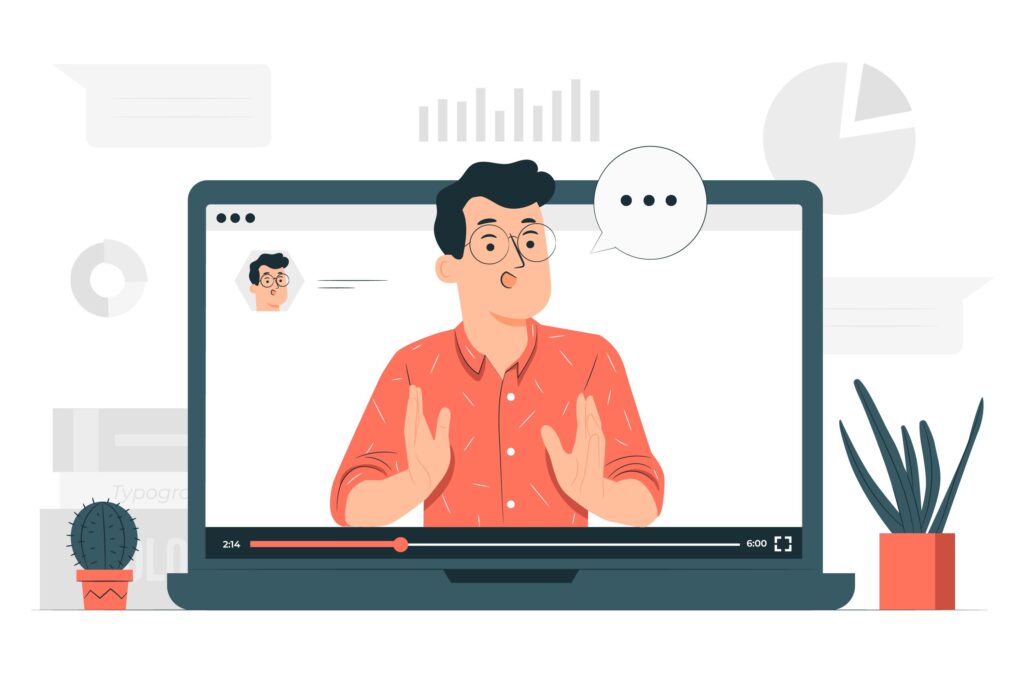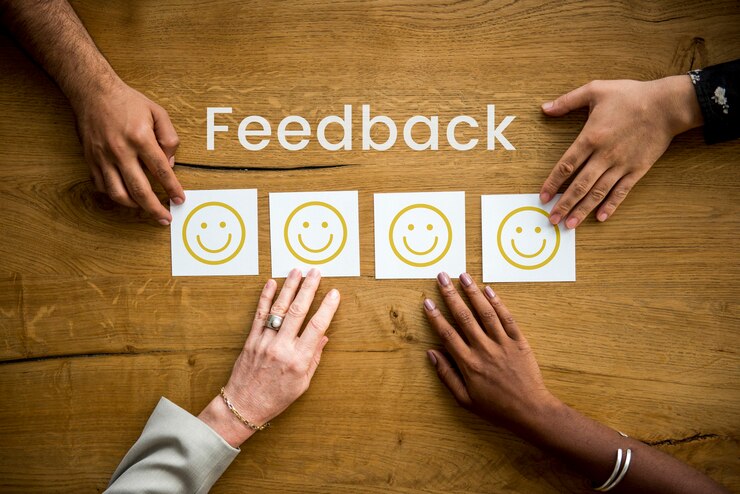
Table of Contents
Audio Conference
Audio conferences have become a staple in today’s remote-working environment. Whether you’re connecting with colleagues, clients, or stakeholders, running an efficient and successful audio conference is essential. If you’re looking to fine-tune your skills and ensure your meetings are as productive as possible, check out these 10 tips!
Understanding the Importance of Audio Conferences

Why Audio Conferences Matter
Audio conferences have quickly become a lifeline for businesses. They allow for real-time communication without the hassle of travel, saving both time and money. Plus, with the increasing trend towards remote work, they offer a practical way to keep dispersed teams connected.
The Rise of Remote Work
The shift to remote work has brought audio conferences into the spotlight. It’s imperative to handle these meetings effectively since they’re often the primary mode of communication for remote teams.
Tip 1: Choose the Right Technology

Reliable Platforms
Not all audio conferencing platforms are created equal. Choose one that’s known for reliability and ease of use—think Zoom, Microsoft Teams, or Google Meet.
Tech Specifications
Ensure that both your hardware and software meet the basic requirements of your chosen platform. This helps in reducing any potential tech hiccups that may arise.
Tip 2: Test Your Equipment

Microphones and Headsets
Before the conference, take some time to test out your microphone and headset. Poor audio quality can quickly derail a meeting and frustrate participants.
Internet Connection
A stable internet connection is a must. Consider using a wired connection instead of Wi-Fi to minimize disruptions.
Tip 3: Set a Clear Agenda

Topics to Cover
A clear agenda keeps the meeting on track. Outline the main topics and attach it to your meeting invitation.
Time Management
Set time limits for each agenda item to ensure the conference doesn’t run over. No one likes a meeting that drags on!
Tip 4: Send Invitations Early

Optimal Times
Send out invitations well in advance. Pay attention to the participants’ time zones to choose a time that works for everyone.
Inclusion of Necessary Details
Include detailed instructions for joining the meeting in the invitation. Links, phone numbers, and access codes should be easy to find.
Tip 5: Create a Quiet Environment

Minimizing Background Noise
Choose a quiet room for your conference. If you’re at home, inform family members or roommates about your meeting to avoid interruptions.
Private Space
Make sure your chosen space is private so you can speak freely without distractions.
Tip 6: Practice Good Communication Etiquette

Muting When Not Speaking
Teach participants to mute themselves when they’re not speaking. This minimizes background noise and keeps the audio clear.
Avoiding Interruptions
Encourage participants to avoid talking over each other. Use cues like hand-raising or chat features to manage turn-taking.
Tip 7: Engage Participants

Interactive Elements
Incorporate polls, Q&A sessions, or quick quizzes to keep participants engaged. These interactive elements break the monotony and make the meeting more dynamic.
Q&A Sessions
Allocating time for questions can clarify uncertainties and ensure everyone is on the same page.
Tip 8: Record the Conference

Benefits of Recording
Recording the meeting is useful for those who couldn’t attend. It also helps in reviewing discussions and decisions made.
Tools for Recording
Most conferencing platforms offer built-in recording features. Make sure to inform participants that the meeting is being recorded.
Tip 9: Follow-Up and Feedback

Sending Summaries
After the meeting, send out a summary of the key points discussed and any action items. This keeps everyone informed.
Collecting Feedback
Ask participants for feedback on the meeting. This helps in identifying areas for improvement.
Tip 10: Be Prepared for Technical Issues

Backup Plans
Have a backup plan in place in case of technical difficulties. Whether it’s an alternate platform or a contact list for tech support, being prepared can save the day.
Support Contacts
Keep a list of support contacts handy for quick fixes to any technical issues that may arise.
Conclusion
Running a successful audio conference isn’t rocket science, but it does require preparation and attention to detail. By following these tips, you can ensure that your meetings are productive, engaging, and free from avoidable disruptions. So next time, skip the stress and run your audio conference like a pro.
FAQs
1. How can I ensure good audio quality during a conference?
Test your equipment beforehand and use a quality microphone and headset. A stable internet connection is also crucial.
2. What should I include in the meeting agenda?
Include the main topics to be discussed, time allocations for each topic, and any relevant materials or documents.
3. How do I engage participants during the meeting?
Use interactive elements like polls or Q&A sessions, and invite participants to speak or share their opinions.
4. What’s the best way to handle technical difficulties?
Have a backup plan and keep support contacts on hand. If possible, practice troubleshooting common issues before the meeting.
5. Why is it important to follow up after a meeting?
Follow-ups help to summarize the meeting, reinforce action items, and gather feedback to improve future meetings.
And there you have it! A comprehensive guide to hosting a successful audio conference. Happy conferencing!